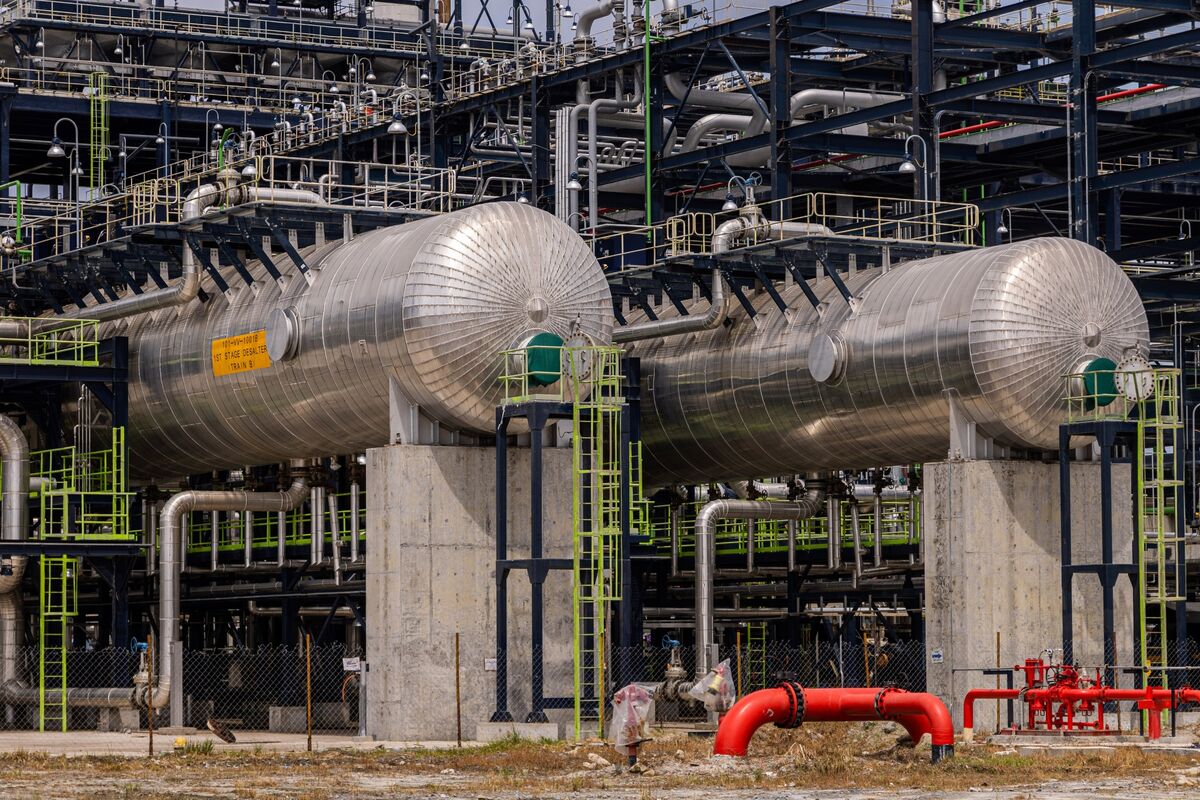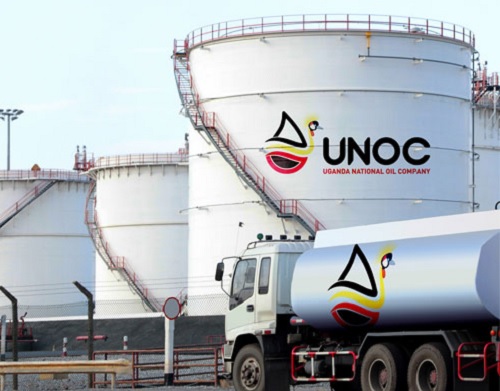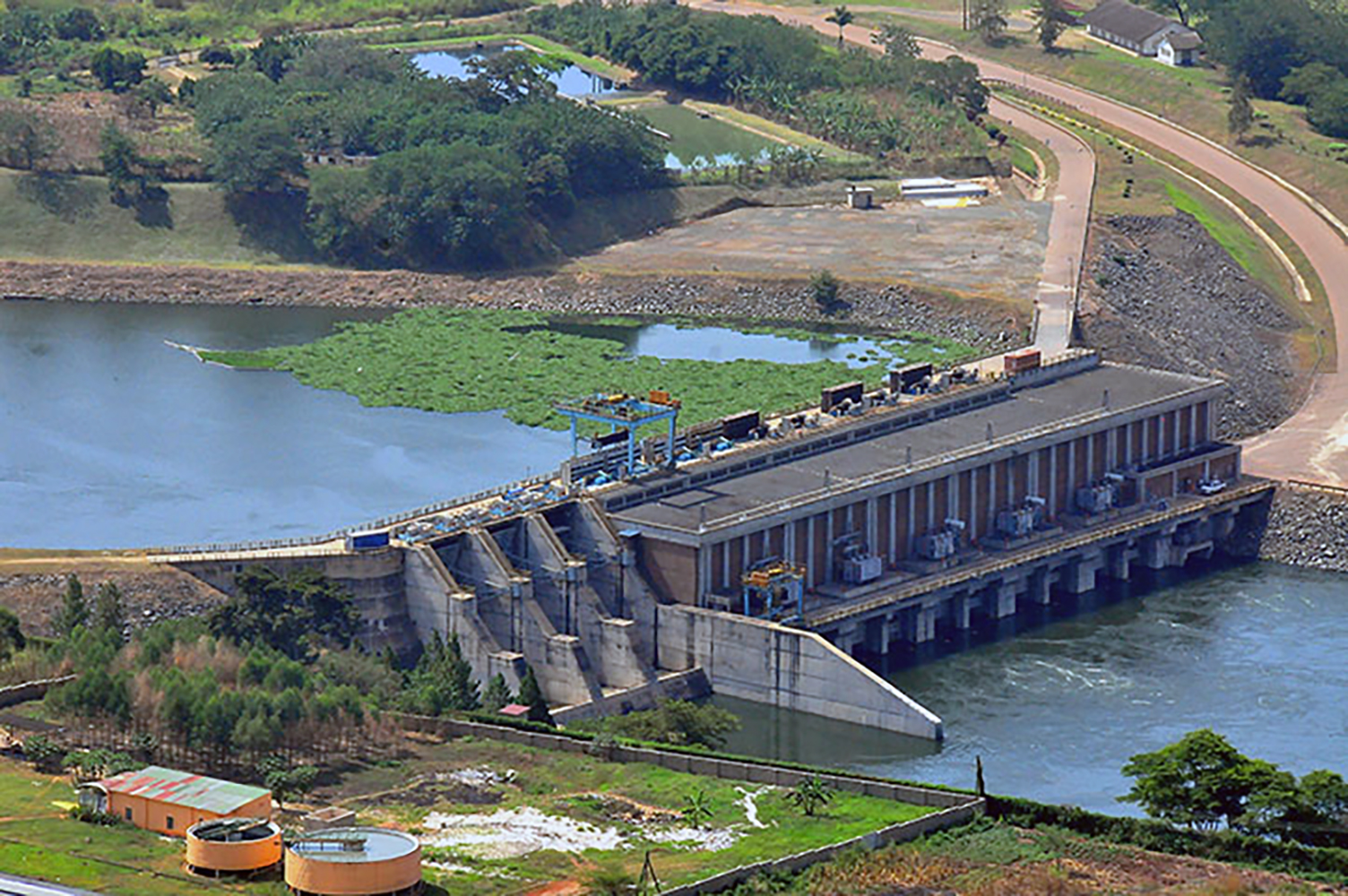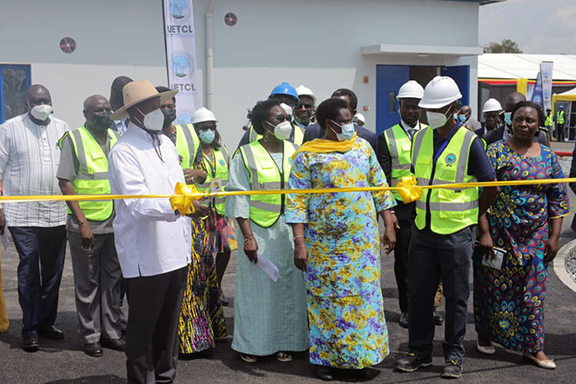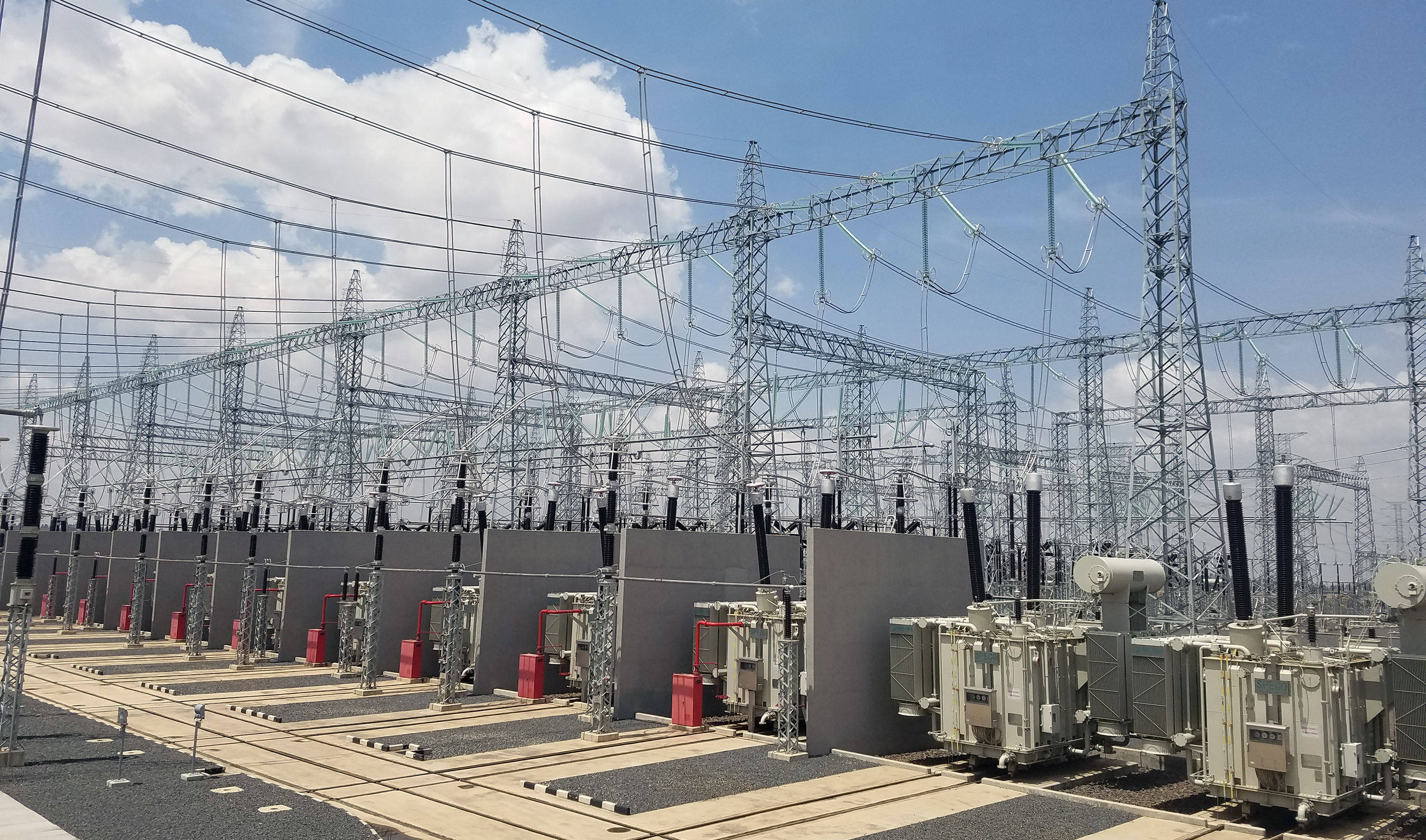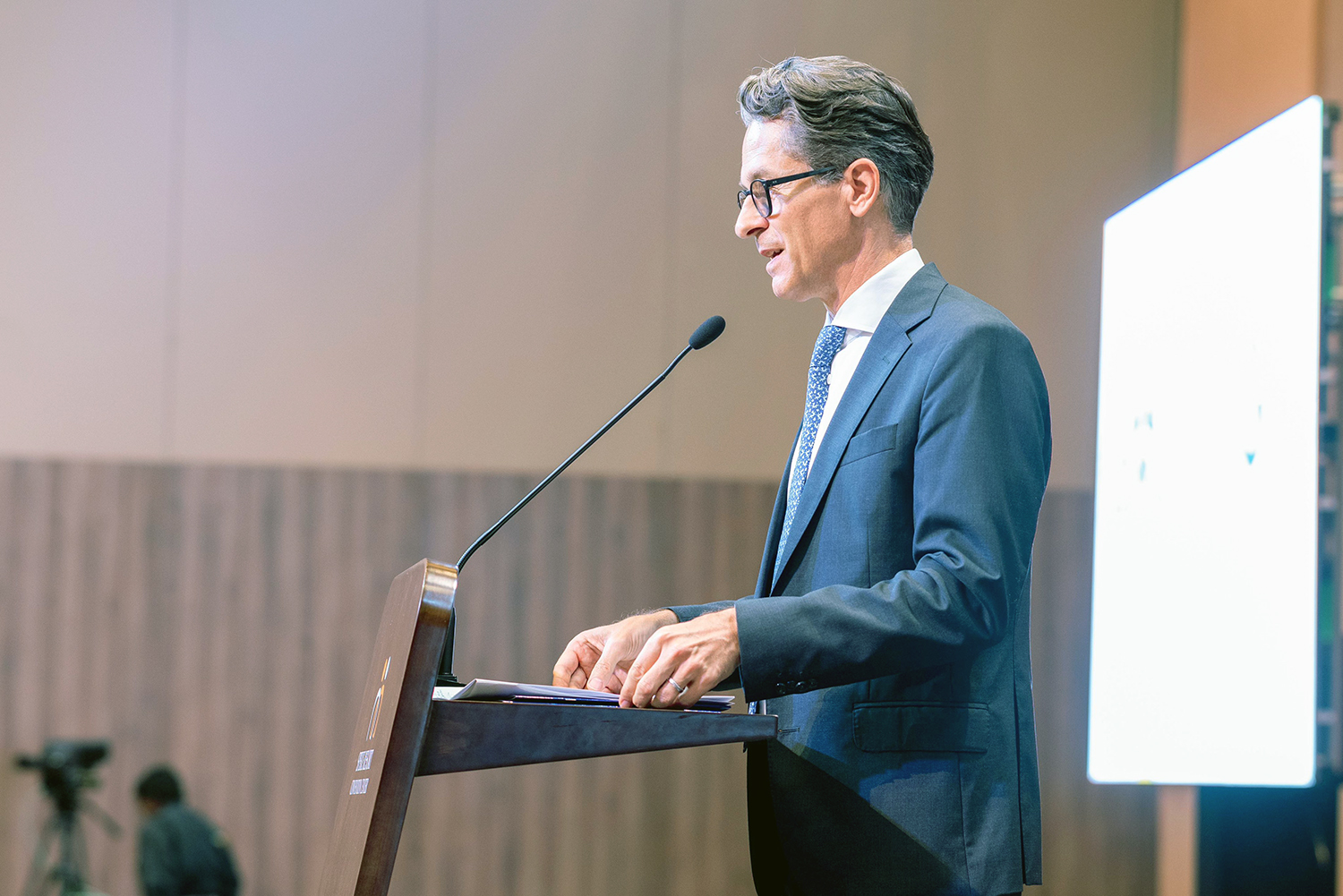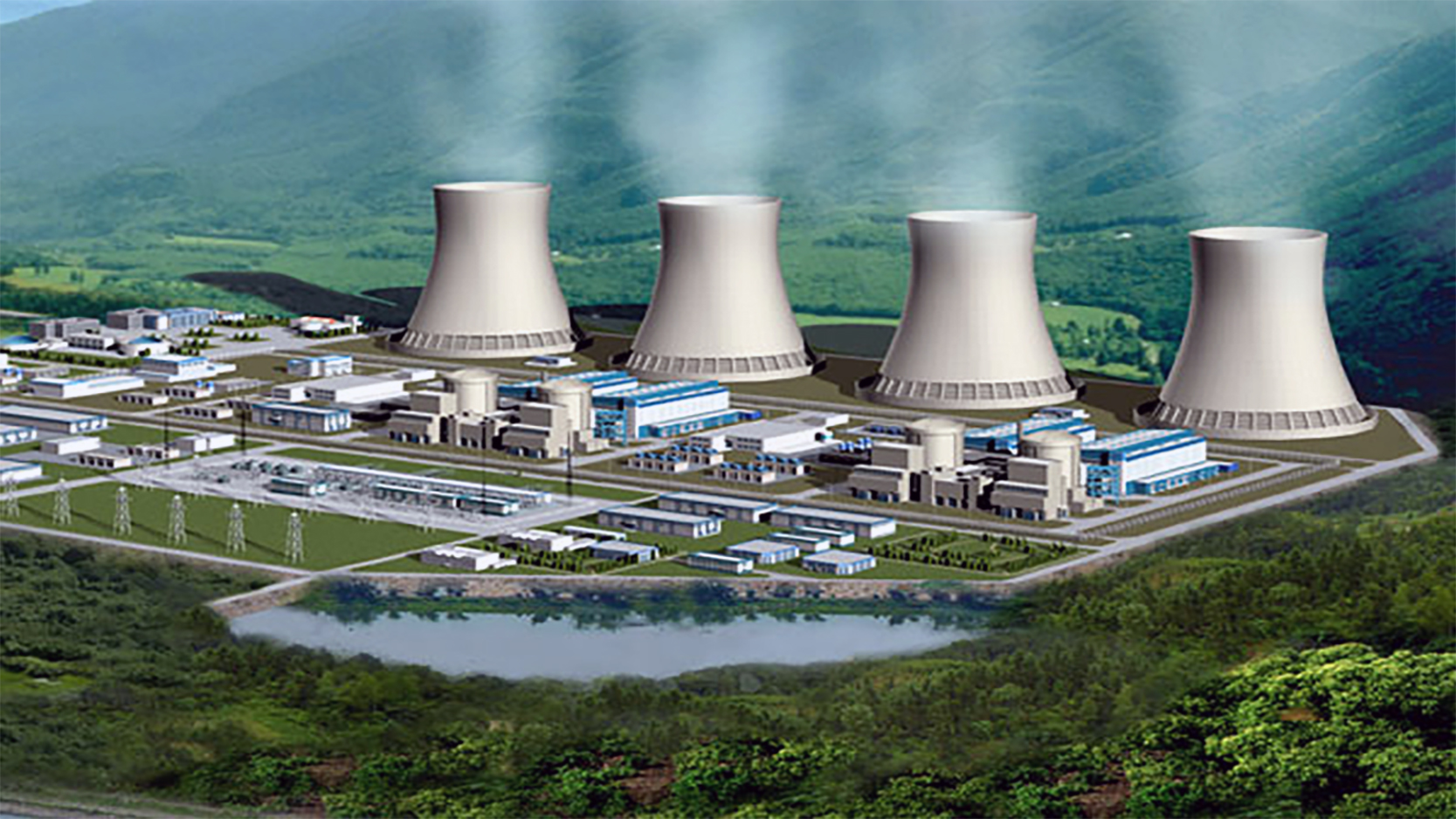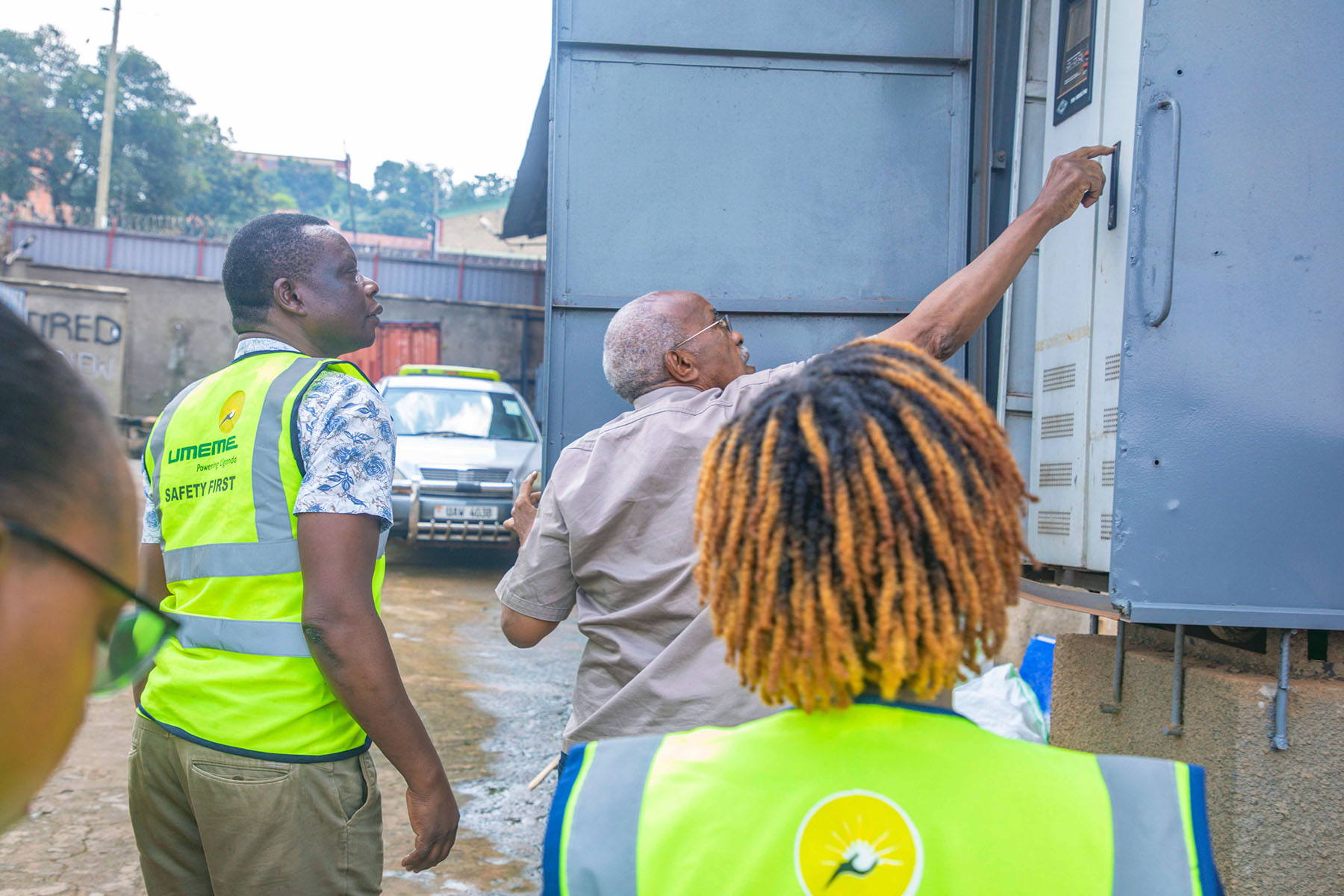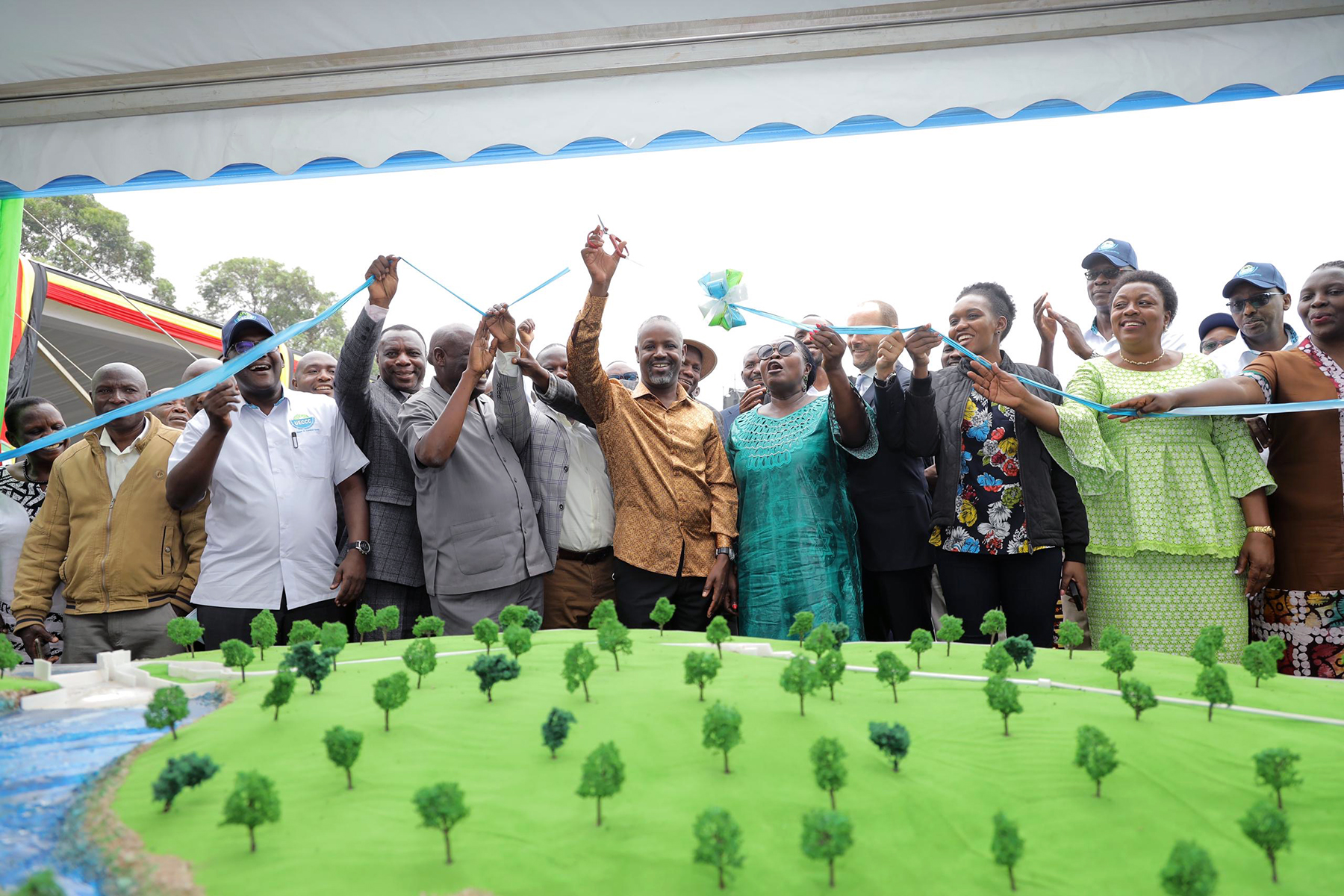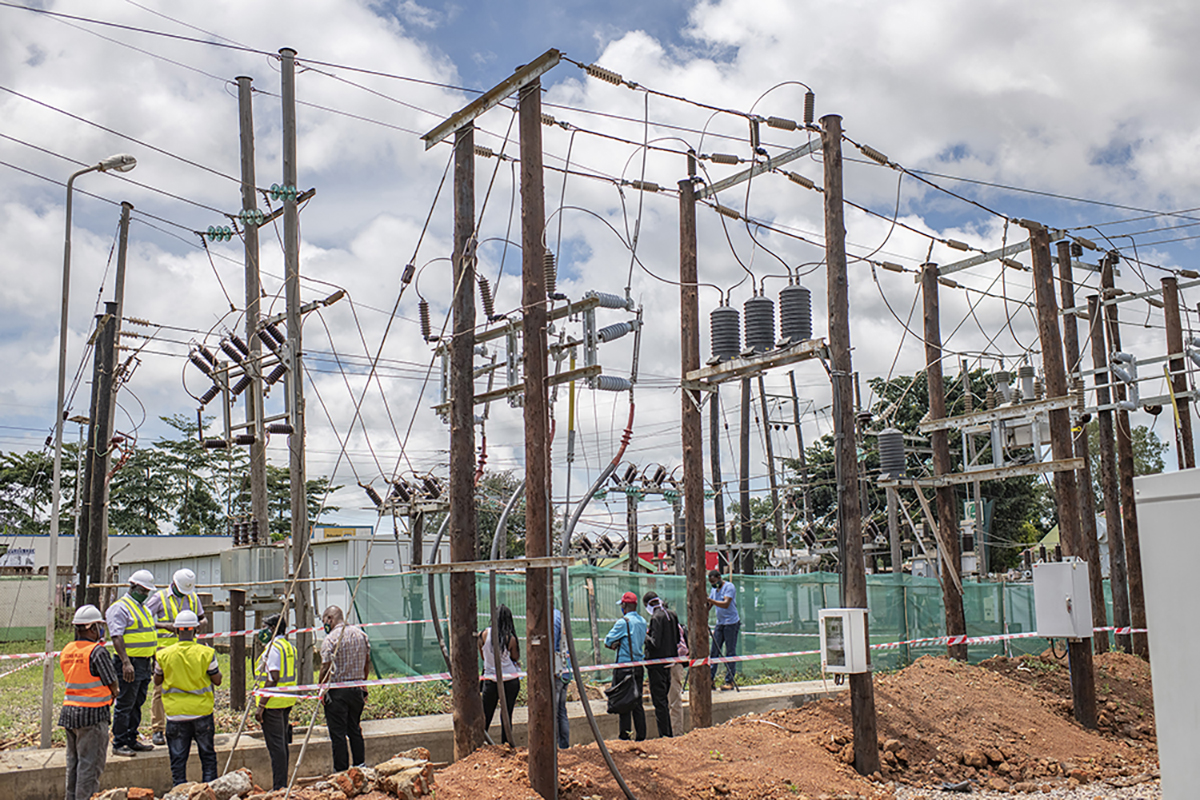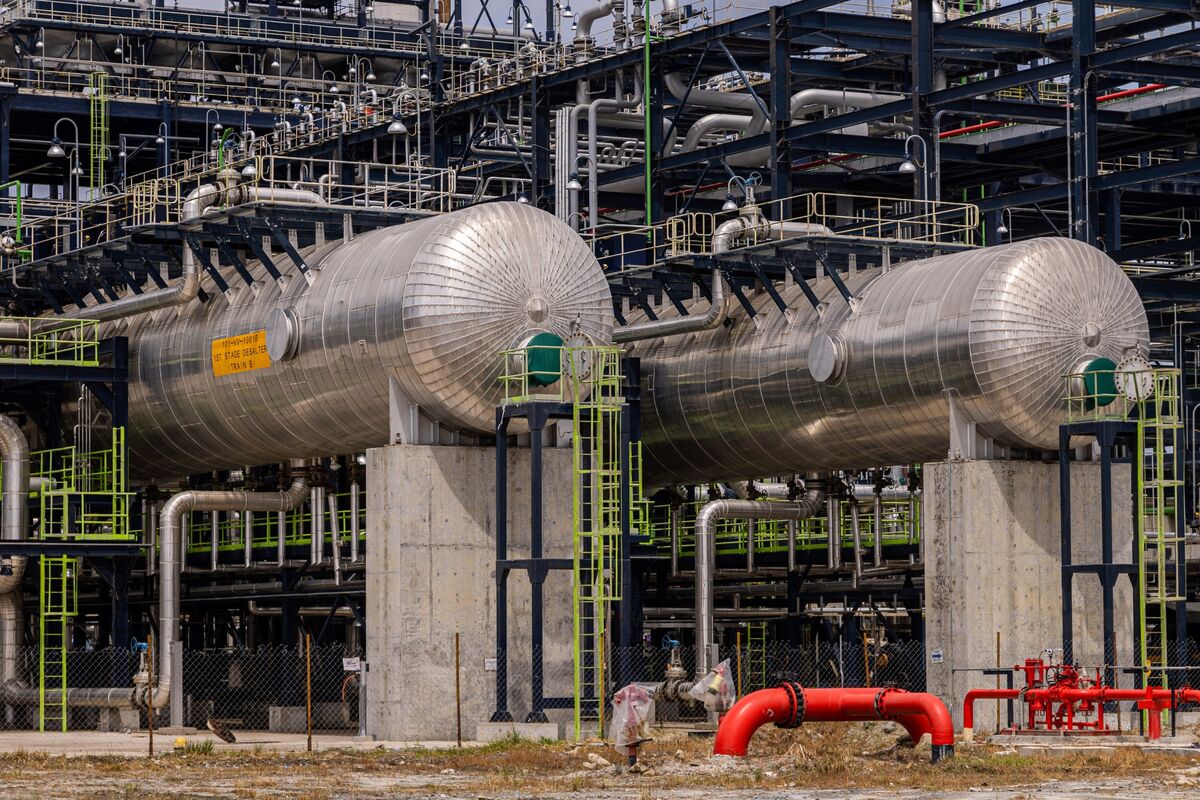UNOC saluted over July 2026 ‘First Oil’ plan
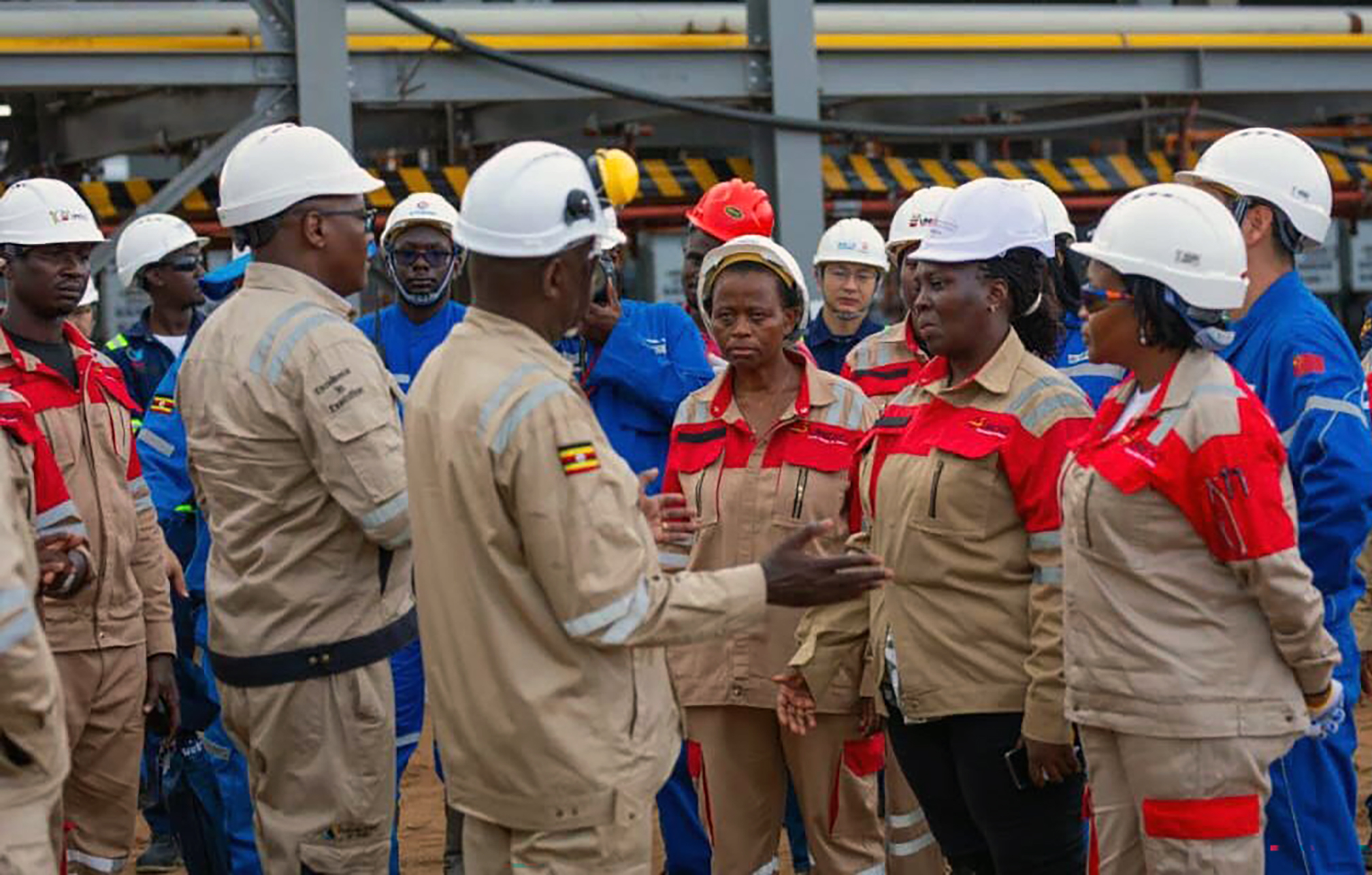
Lucy Nakyobe, Head of Public Service and Secretary to Cabinet, Permanent Secretary of the Ministry of Energy, Irene Batebe and Proscovia Nabanjja CEO UNOC, listen to the technical team during the fact-finding mission in the Oil Region.
A high-level government fact-finding mission has confirmed that the country’s first oil will flow by July 2026, signaling a turning point for the economy and investor confidence.
The two-day mission, held from October 29 to 30, 2025, was led by Lucy Nakyobe, Head of Public Service and Secretary to Cabinet, who was joined by senior government technocrats including Energy Ministry Permanent Secretary Irene Batebe, and Permanent Secretary of the Ministry of ICT, Dr. Amina Zawedde.
Coordinated by the Uganda National Oil Company (UNOC) and the Petroleum Authority of Uganda (PAU), the mission aimed to establish the actual progress of Uganda’s oil projects in the Albertine region and to provide a factual timeline for production after years of uncertainty.
- Speaking during the visit, Nakyobe said Ugandans have grown weary of endless promises that oil would flow “next year,” which never seemed to arrive.
“People are tired of waiting. We need facts, not hope. We came here to see, to confirm, and to report accurately on when the first oil will finally come out,” she said, addressing the technical teams at the oil fields in Hoima District.
The delegation toured the two most critical sites of Uganda’s oil development - the Kingfisher Development Area in Kikuube District, operated by China National Offshore Oil Corporation (CNOOC), and the Tilenga Project in Buliisa, managed by TotalEnergies EP Uganda. These two projects form the backbone of Uganda’s upstream oil production plan.
- According to PAU Executive Director Alex Nyombi, the Kingfisher project is now 90% complete, with 31 wells drilled and final tests ongoing.


The site is expected to produce 40,000 barrels of crude oil per day once it becomes fully operational by December 2025.
In contrast, the Tilenga Project, which is nearly twice the size of Kingfisher, will produce a much larger output of 190,000 barrels per day from 420 wells once production peaks. Together, the two projects will yield an estimated 230,000 barrels per day, positioning Uganda among Africa’s emerging oil producers.
Nyombi said the inspection mission came at a critical time, with all major infrastructures now taking shape. He highlighted that the East African Crude Oil Pipeline (EACOP) the 1,443-kilometre export pipeline linking Uganda’s oil fields in Hoima to the Tanzanian port of Tanga is 85% complete.
The project, which will cost $5 billion (UGX 19 trillion), is expected to be ready before the oil starts flowing.
- The Kabalega International Airport, constructed at a cost of $309 million (UGX 1.18 trillion), is 95% complete and will be operational in early 2026 to facilitate logistics and heavy cargo for the oil sector.
- Energy Ministry PS Irene Batebe said Uganda’s oil development has so far attracted $7.5 billion (UGX 28.6 trillion) in foreign direct investment.
She noted that beyond oil production, the sector has driven significant economic transformation in western Uganda, with over 600 kilometres of new access roads, improved power lines, and expanded business activity around the project areas.
“The oil sector has created jobs, opened up markets for local suppliers, and strengthened regulatory institutions. What we are seeing is the emergence of a new industrial corridor in the Albertine region,” she said.
Nakyobe commended the Ministry of Energy, PAU, and UNOC for their diligence, saying the progress she witnessed on the ground was “undeniable.”


.jpg)


